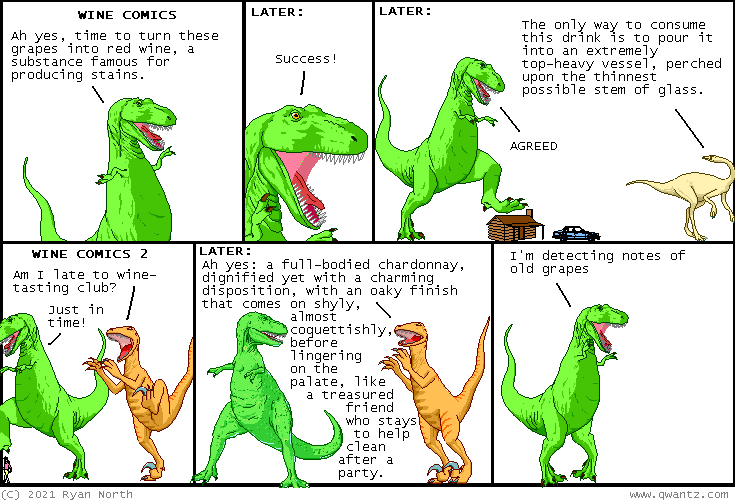Indigenous languages and medicinal knowledge
New article in Mongabay (the critter in the banner at the top of the page who serves as their logo reminds me of our little friend, the gecko):
"Extinction of Indigenous languages leads to loss of exclusive knowledge about medicinal plants", by Sibélia Zanon on 20 September 2021 | Translated by Maya Johnson
Key points:
- A study at the University of Zurich in Switzerland shows that a large proportion of existing medicinal plant knowledge is linked to threatened Indigenous languages. In a regional study on the Amazon, New Guinea and North America, researchers concluded that 75% of medicinal plant uses are known in only one language.
- The study evaluated 645 plant species in the northwestern Amazon and their medicinal uses, according to the oral tradition of 37 languages. It found that 91% of this knowledge exists in a single language, and that the extinction of that language implies the loss of the medicinal knowledge as well.
- In Brazil, Indigenous schools hold an important role in preserving languages alongside cataloguing and revitalization projects like those held by the Karitiana people in Rondônia and the Pataxó in Bahia and Minas Gerais.
Read the rest of this entry »



